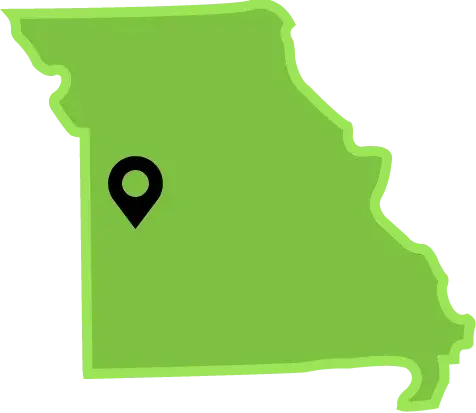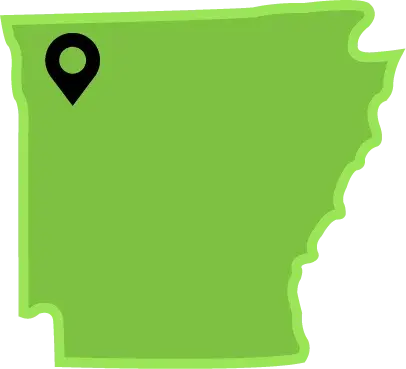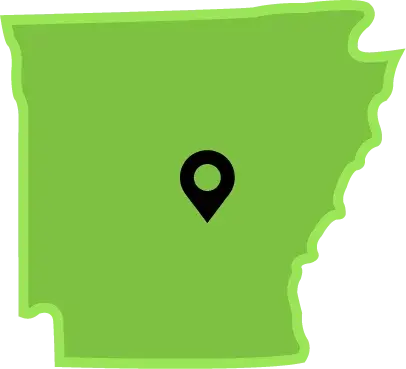
Today, creating a positive atmosphere in the company is more essential than ever. One powerful way to achieve this is through peer-to-peer recognition. This type of recognition builds fellowship and respect among team members, boosting morale and productivity. Valued and recognized employees are more likely to engage and commit to their work, resulting in better performance and job satisfaction.
However, implementing a successful peer-to-peer recognition program takes more than just encouraging employees to appreciate each other. In this article, we will discover some of the most effective tactics of peer-to-peer recognition for elevating your workplace.
Understanding Peer-to-Peer Recognition and Its Benefits
Peer-to-peer recognition involves employees acknowledging each other's contributions, achievements, and hard work. It empowers employees at all levels to show appreciation for their colleagues. This fosters a more inclusive and cohesive work environment. When colleagues recognize each other, it promotes a positive culture and collaboration.
Implementing peer-to-peer recognition offers numerous benefits:
- Increased Employee Engagement. Valuing and appreciating employees leads to greater engagement in their work. Peer recognition is also beneficial as it fosters strong interpersonal connections, which can enhance job satisfaction and commitment.
- Improved Morale and Team Spirit. When coworkers appreciate each other's hard work, it helps them feel like they're part of a team. This improves everyone's mood, making the team more energized and motivated.
- Enhanced Productivity. When recognition is ingrained in the company culture, employees are motivated to do their best, knowing that their hard work doesn't go unnoticed.
10 Tactics of Peer-to-Peer Recognition
- Implement a Recognition Platform
Using a recognition platform makes acknowledging coworkers easier. These platforms often include features like badges, points, and public recognition walls where employees can post praise for their colleagues. Platforms like Bonusly, Kudos, and 15Five provide user-friendly interfaces that make giving and receiving recognition easy and enjoyable.
- Create a Culture of Recognition
To make peer-to-peer recognition work well, it has to be part of your company's vibe. Encourage a mindset where recognizing peers becomes second nature. You can achieve this by sending regular reminders, holding training sessions, and setting a good example. When management consistently participates in and supports peer recognition, employees are more likely to join in.
- Encourage Specific and Genuine Praise
Generic compliments can feel insincere and may not have the desired impact. Encourage employees to be specific in their recognition. Instead of saying, "Great job," they should detail what the person did and why it was valuable.
For example, "I really appreciate how you handled the client meeting today. Your detailed presentation and calm demeanor were key to securing the contract."
- Leverage Social Media and Internal Communication Channels
Use social media platforms and communication tools like Slack, Teams, or internal newsletters to highlight peer-to-peer recognition. Creating a hashtag for recognition posts or having a dedicated channel helps employees easily share and see recognition. Public recognition not only values the recipient but also sets a positive example for others.
- Host Regular Recognition Events
Regular events dedicated to peer recognition can keep the momentum going. Monthly or quarterly "Recognition Days" where employees can nominate and vote for their peers can foster a sense of community and celebration. These events can be virtual or in-person and can include small things like certificates, gift cards, or trophies.
- Incorporate Recognition into Daily Routines
Integrating recognition into daily routines ensures it becomes a consistent practice. This could be as simple as starting meetings with a round of shout-outs or ending the week with a "Wins of the Week" session where employees share their accomplishments and recognize their peers. These small, regular practices can significantly boost morale and team spirit.
- Empower Employees to Reward Each Other
Provide employees with the ability to give small rewards or tokens of appreciation. This could involve a points system where participants redeem points for prizes, or physical tokens that they exchange for rewards. Empowering employees to reward each other reinforces the value of peer recognition and makes the process more engaging.
- Highlight Core Values
Align peer-to-peer recognition with your company’s core values. Encourage employees to recognize behaviors and actions that reflect these values. For instance, if "innovation" is a core value, recognition can be directed towards those who bring creative solutions to the table. This not only reinforces positive behavior but also strengthens the company culture.
- Collect and Share Success Stories
Sharing stories of how peer recognition has positively impacted individuals and teams can be very powerful. Collect testimonials and case studies to demonstrate the benefits and encourage more employees to participate. Highlighting these stories in meetings or company blogs can inspire others and show the tangible benefits of a recognition-rich environment.
- Provide Training on Giving and Receiving Feedback
Not everyone is naturally comfortable giving or receiving recognition. Providing training can help employees learn how to effectively express appreciation and respond to recognition. This can include workshops, role-playing exercises, and resources on the importance of recognition and how to make it meaningful.
Real-World Examples of Successful Peer-to-Peer Recognition Programs
Many companies have successfully implemented peer-to-peer recognition programs. For example:
- Google’s peer recognition program, “gThanks,” allows employees to send digital thank-you notes. This simple yet effective tool has significantly improved employee satisfaction and cohesion.
- Zappos encourages peer recognition through its “Coworker Bonus Program.” Employees can award a small cash bonus to their peers, motivating positive behavior and teamwork.
- Salesforce uses an internal social network called “Chatter” for peer recognition. Employees can publicly acknowledge their colleagues' efforts, fostering a transparent and appreciative culture.
Key Takeaways and Next Steps
Implementing an effective peer-to-peer recognition program requires continuous effort and commitment. It's not a one-time initiative but a sustained practice that should evolve with your company's growth and changing needs. Regularly check the impact of your recognition strategies and ask for employee feedback to improve the program. Create an open dialogue about what works and what doesn't to ensure the recognition program remains dynamic and relevant.
To get started, consider forming a committee or task force dedicated to recognition initiatives. This group can be responsible for brainstorming new ideas, organizing recognition events, and serving as ambassadors to promote a culture of appreciation. Use technology and stay updated with trends to keep your program fresh and engaging.
At the end of the day, the essence of peer-to-peer recognition lies in genuine appreciation and the cultivation of a supportive and enthusiastic work environment. By demonstrating consistent recognition, celebrating achievements, and aligning with core values, your company can foster a robust workplace culture that drives success and employee well-being.




